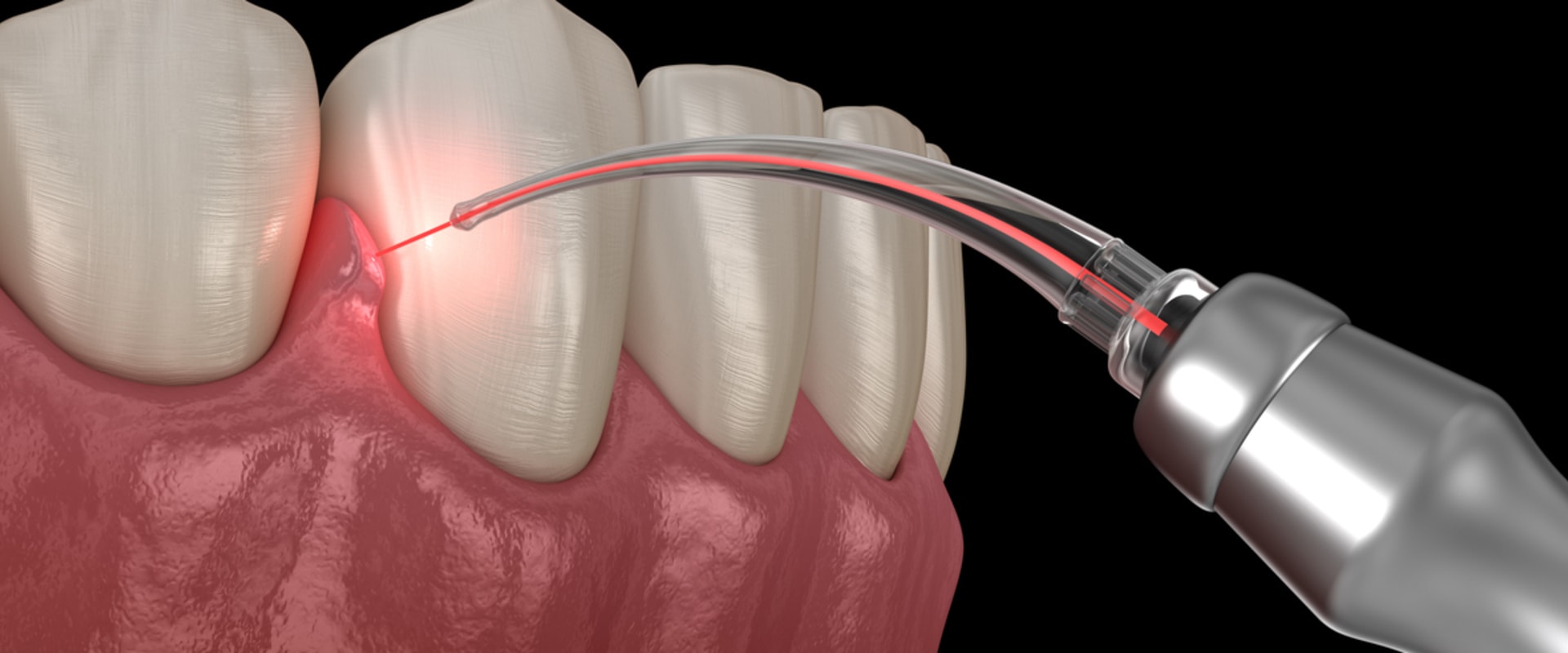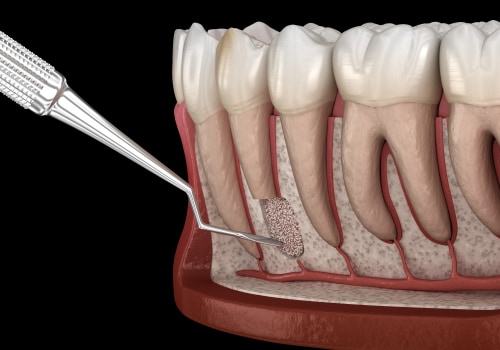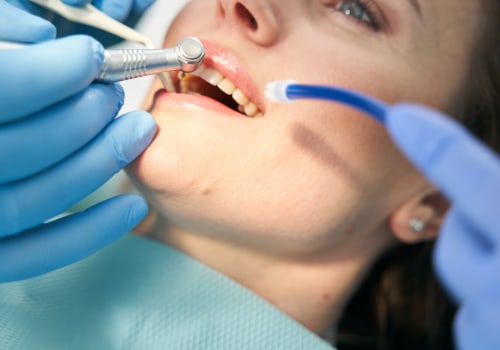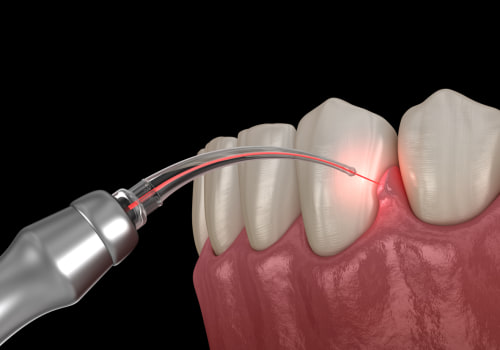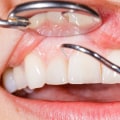Periodontal disease, also known as gum disease, is a serious condition that can cause irreversible damage to the teeth and gums if left untreated. Fortunately, there are a variety of treatments available to help control and prevent the spread of this condition. In this article, we'll discuss the different treatment options for periodontal disease, including topical and oral antibiotics, root scraping and smoothing (SRP), laser light therapy, and gum graft surgery. We'll also discuss how to prevent periodontal disease and the potential risks associated with it. Topical or oral antibiotics can help control bacterial infection.
Topical antibiotics may include antibiotic mouthwashes or placing a gel containing an antibiotic in the gum pockets. Sometimes oral antibiotics are needed to kill bacteria that cause infections. The first step in treating periodontal disease is a conservative, non-surgical approach called root scraping and smoothing (SRP).A dentist or dental hygienist provides this treatment by scraping and removing plaque and tartar from teeth and root surfaces with instruments designed for this purpose. Then, they smooth out any roughness on the roots to prevent bacteria from easily accumulating again.
Sometimes, this procedure may require more than one visit. Administering a local anesthetic can help avoid any discomfort. After this process, the gums will heal and reattach to the healthy, clean surfaces of the teeth. In a few weeks, your dentist will evaluate your healing and decide if you need to continue with your treatment. Periodontitis is a chronic or long-term inflammatory disease.
Good oral hygiene practices can help control or prevent it. The goal of treatment is to remove bacteria from the pockets that surround the teeth and prevent further destruction of bones and tissues. Good oral hygiene can help reduce the risk of periodontitis. In the early stages, called gingivitis, good oral hygiene can reverse some changes and prevent further deterioration. However, as the disease progresses, irreversible damage can occur. Often, the symptoms of periodontitis do not appear until a later stage.
For this reason, it's best to prevent it by practicing good oral hygiene and avoiding smoking. Gum disease treatment encompasses several surgical and non-surgical procedures used to combat gingivitis and periodontitis. If you have more serious periodontitis, you probably have questions about how to get your teeth cleaned again and how to repair loose teeth due to gum disease. Because the infection causes periodontitis to spread to bone and supporting tissues, teeth may become loose and need to be extracted. Periodontists use laser light therapy to kill disease-causing bacteria and to sterilize the treatment area. Periodontitis can lead to tooth loss, gum discomfort, and bad breath, but it can also increase the risk of heart disease and other complications.
Right after treatment for gum disease, your periodontist will give you a list of detailed care instructions. The periodontist can place these medications in the space between the gums and the teeth (the periodontal pocket). To avoid periodontitis, people should brush their teeth twice a day, floss every day, and visit the dentist at least once a year. If you undergo procedures to treat advanced periodontal disease, such as flap surgery or bone or gum grafts, you'll need between one and four weeks to recover. Both gingivitis and periodontitis have been shown to increase the risk of diseases such as diabetes, heart disease, osteoporosis, pneumonia and cancer. During this procedure, the periodontist uses a tiny laser to remove diseased tissue and remove the bacteria that are under the gums. In addition to adopting healthy lifestyle habits, such as reducing sugar consumption and following a thorough daily oral hygiene routine, your dentist will recommend that you closely monitor your periodontal health with more frequent checkups and oral care visits. During guided tissue regeneration, the periodontist places a membrane on the damaged area to prevent gum tissue from growing where the bone should be.
During gum graft surgery, the periodontist places the tissue graft in areas where the gums are retracted and sutures (sutures) it to place it in place. The periodontist will give you a local anesthetic to numb your gums and keep you comfortable during this procedure.
